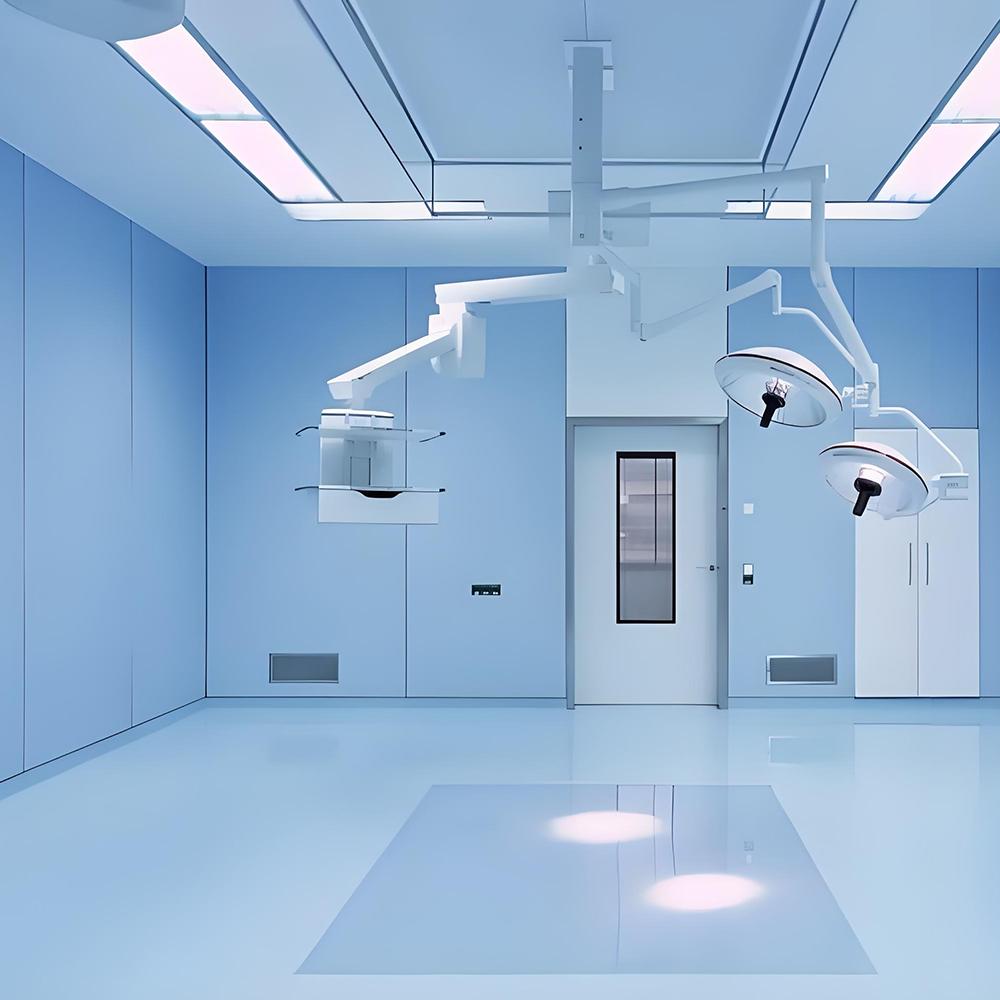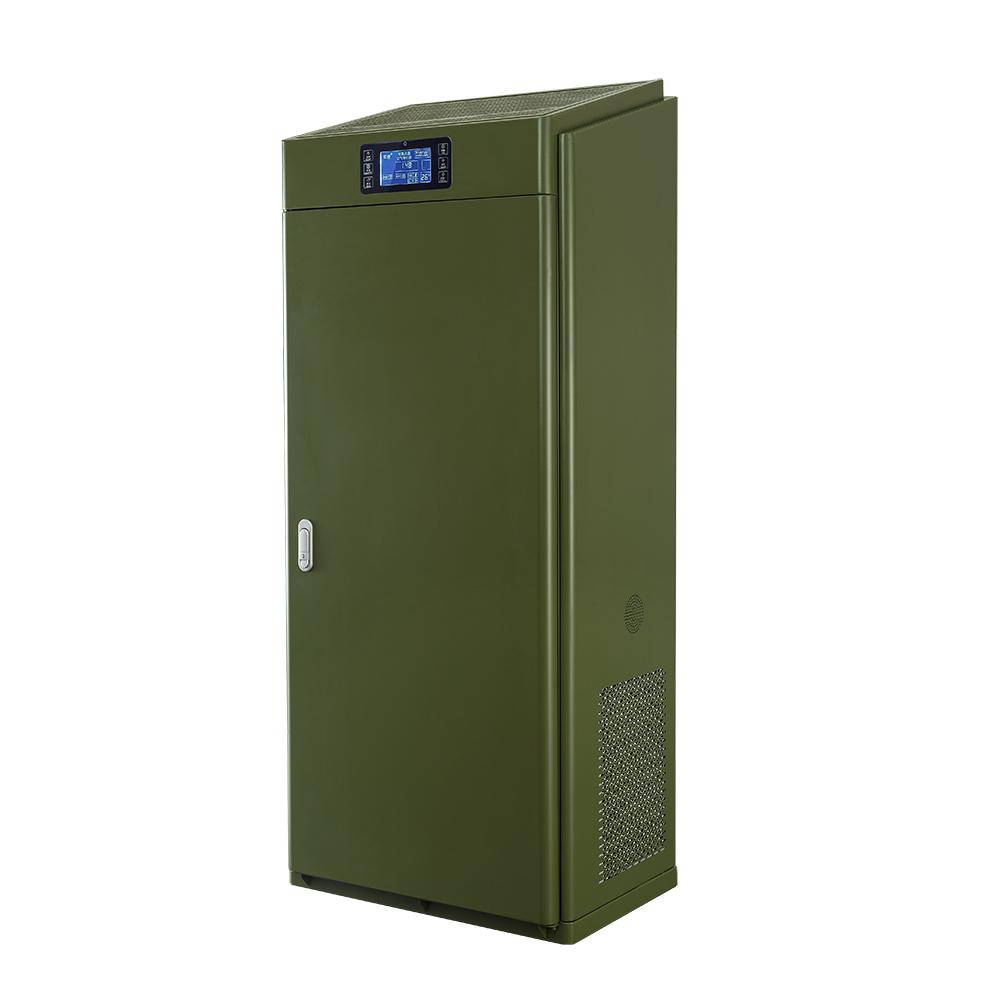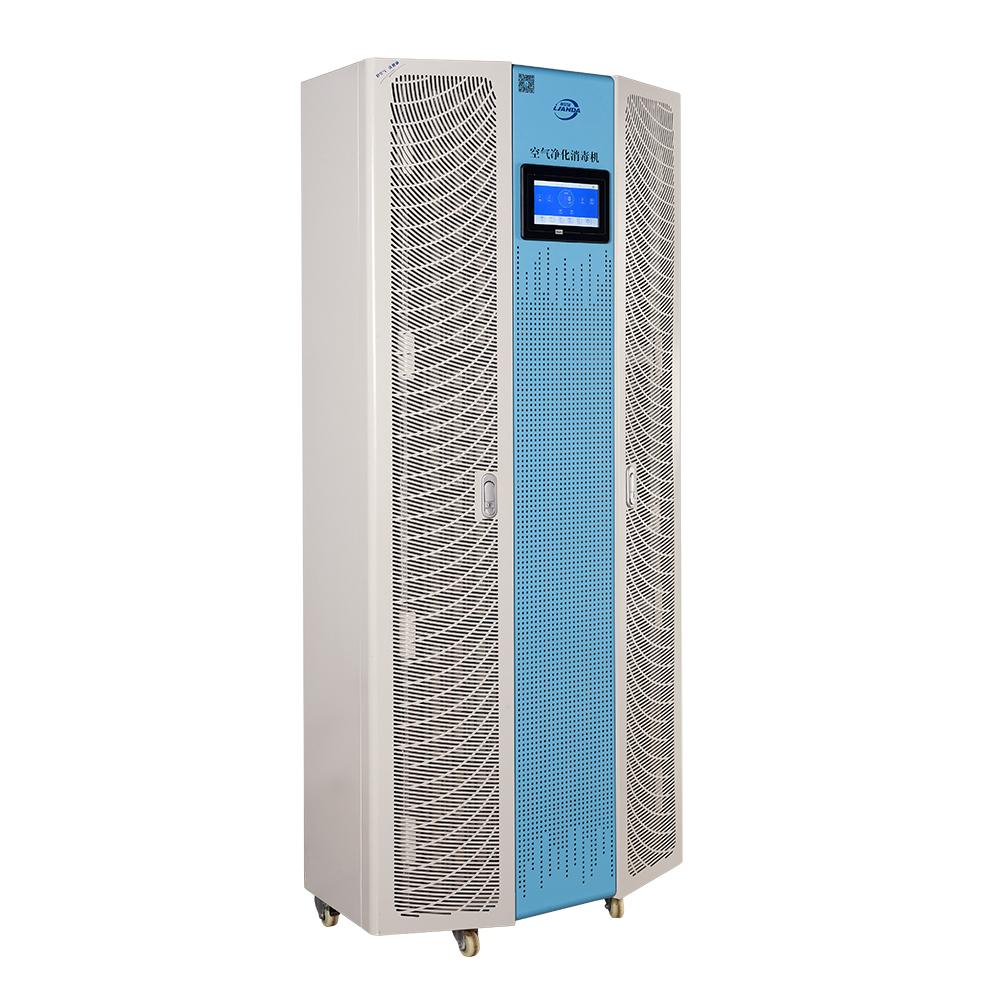Understanding the five types of air pollutants in indoor environments and their solutions
In modern life, indoor air quality is crucial to our health. There are many air pollutants in the indoor environment, which may affect our physical health and cause various diseases. It is particularly important to understand the sources and effects of these pollutants and take effective measures to clean them. Air sterilizers, as effective air purification equipment, can help us solve these problems and improve indoor air quality. Here are five common indoor air pollutants and their effects, as well as solutions for air sterilizers.
1. Formaldehyde
Formaldehyde is a common indoor air pollutant that mainly comes from furniture, flooring, paint and other synthetic materials. High concentrations of formaldehyde can irritate the human body, causing respiratory discomfort, headaches and skin allergies. Long-term exposure may also increase the risk of cancer.
Solution: The activated carbon filter in the air sterilizer can effectively absorb formaldehyde and reduce its concentration. In addition, many high-end sterilizers are also equipped with photocatalyst technology, which can decompose formaldehyde through light reactions to further purify the air.
2. PM2.5
PM2.5 refers to fine particulate matter with a diameter of less than 2.5 microns, mainly from outdoor pollution, smoking and cooking activities. These tiny particles are easily inhaled into the lungs and may cause health problems such as asthma and cardiovascular disease.
Solution: High-efficiency air sterilizers can be equipped with HEPA filters to effectively capture PM2.5 particles and clean the air. In addition, some devices also have negative ion generators to further freshen the air.
3. Bacteria and viruses
The spread of bacteria and viruses in indoor environments poses a health threat, especially during flu season or epidemics. Pathogens present in the air can cause respiratory infections and other diseases.
Solution: Ultraviolet (UV) air sterilizers can effectively kill bacteria and viruses in the air. Ultraviolet radiation destroys their DNA, thereby sterilizing the air.

4. Ammonia
Ammonia mainly comes from detergents, agricultural fertilizers and nitrogen fertilizers. When the concentration of ammonia is too high, it may cause discomfort such as respiratory irritation and eye stinging.
Solution: Some air sterilizers can absorb and neutralize ammonia through chemical filtration, thereby improving indoor air quality. At the same time, regular ventilation can also help reduce ammonia concentrations.
5. Volatile organic compounds (VOCs)
VOCs include a variety of chemicals commonly found in paints, cleaners, and air fresheners. Long-term exposure to high concentrations of VOCs may cause neurological damage and respiratory problems.
Solution: The activated carbon filter in the air sterilizer can effectively remove a variety of VOCs, reduce their concentration by physical adsorption, and enhance the safety of the indoor environment.
Pollutants in indoor air have a profound impact on our health. By understanding the sources of these pollutants and their potential harm, we can pay more attention to improving indoor air quality. As an effective air purification tool, air sterilizers can help us deal with the above pollutants and improve our living environment. Choosing the right air sterilizer and using it properly can make our indoor space fresher and healthier.




